An examination of innovation and patenting in previous crises has identified some consistent trends and here we look at whether we can extrapolate these to the aftermath of the coronavirus pandemic, both from a technological and from a systemic perspective.
Technologically speaking we have seen that crisis tends to act as an innovation accelerator, society identifying technologies that were in place but perhaps hadn’t found a “home” – these have been developed incredibly rapidly when the need arises. Previous crises have also driven strong collaboration either between private enterprises or in public-private pairings and we are already seeing strong evidence of this today. And sometimes the innovations that are built and developed rapidly during crisis provide a platform for huge technological growth going forwards. It seems highly likely that we will see all of these trends continue.
At the systemic level, we can hypothesise about patent filing trends over the next months and possibly years, and it is worthwhile looking at whether current patent legislation is fit to deal with society’s requirements in a health emergency.
Technology Trends
Crisis as innovation accelerator
Suddenly everyone is an epidemiology expert, phases like “flattening the curve”, “second spike” and “R0” appearing in everyday conversation, from nowhere. Because of how rapidly and unexpectedly Covid-19 spread, much of the mitigation has been based on broad modelling rather than hard data, and new phrases like “contact tracing” and “test-and-trace” have also appeared in the language. But this is a perfect example of crisis as an accelerator – Graphs 1 and 2 show the way in which data modelling and healthcare informatics patenting had been growing steadily prior to the current situation – now they are in common parlance and we can expect huge leaps of knowledge in this area, especially as emerging data permits more sophisticated modelling.
The curve in Graph 1 is numerically low as the data is restricted to modelling specifically for epidemics and pandemics but nonetheless shows not only a strong recent rise, but a previous peaks around and after the SARS outbreak in 2003. Drilling down into countries of origin further has shown that the two principal jurisdictions are the US and China although interest in China only appears to have grown from around 2016. It seems inevitable that another innovation peak can be expected in this area over the next year or two.
There has been a well-publicised burst of activity as well in relation to frontline treatment and mitigation, with rapid work done on provision and design of PPE and ventilators. This can also be seen as innovation accelerator from a review of graph 3 showing filing activity worldwide in relation to facemasks, PPE and surgical gloves (China dominating the US here by an order of magnitude), peaking a little around SARS, flattening and then growing steadily from 2012 - perhaps coinciding with the emergence of MERS, and primed for another burst.
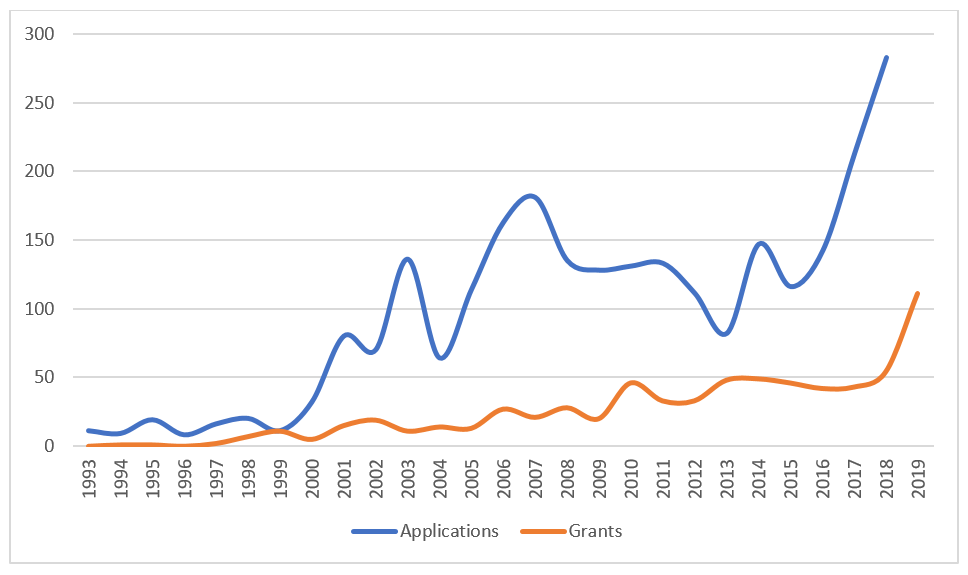
Graph 1 Data modelling
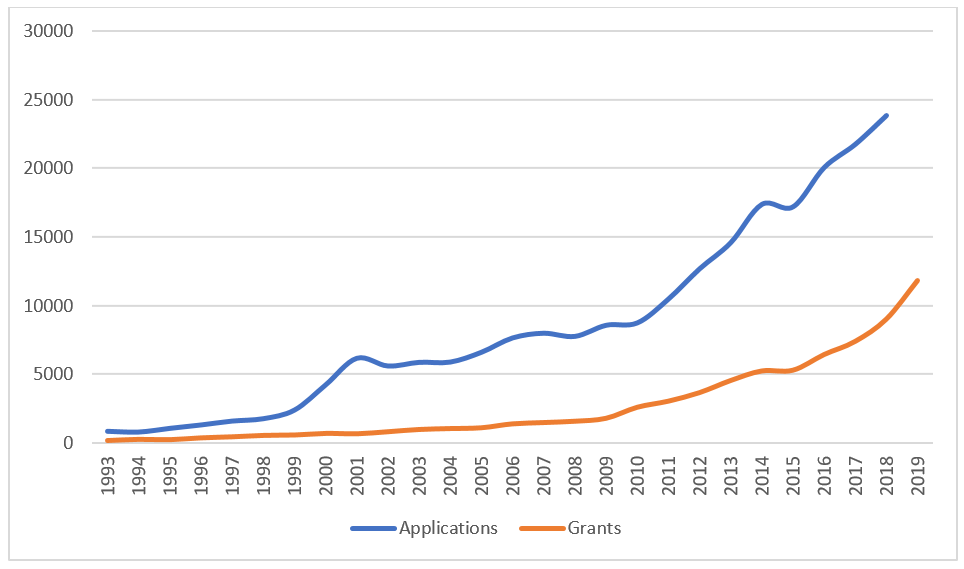
Graph 2 informatics
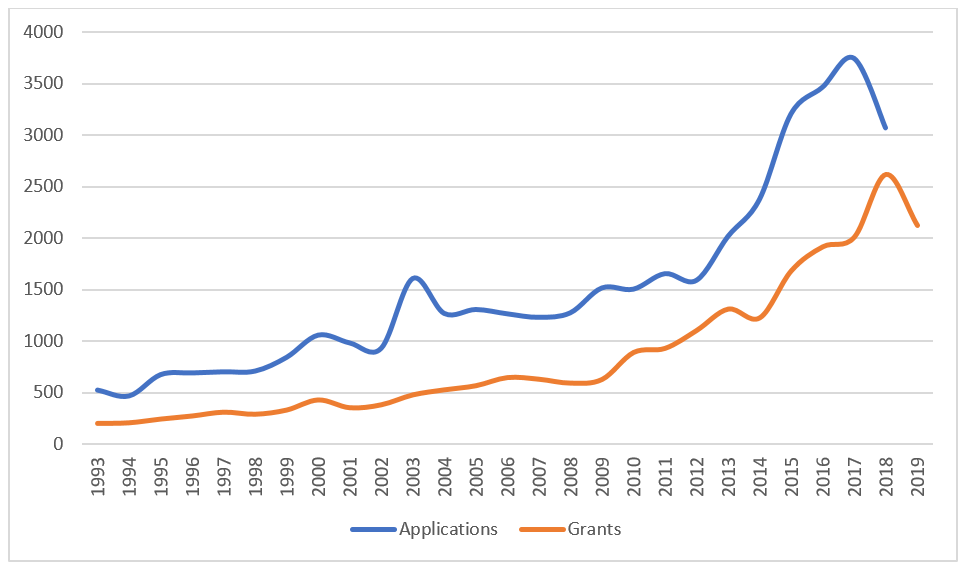
Graph 3 facemasks PPE surgical gloves
Everyday experience shows that healthcare is not the only area where human experience has changed almost instantaneously, and we may look back at this period as the point at which the internet came of age. This is a slight controversial statement, and of course for many people, previously, the internet was central for entertainment, communication, information, commerce and so forth. But previously, it was an option – only in the last few months has it become a complete necessity for some. The infrastructure is entirely in place, but when we come to look at some of the consequences of the changes that are happening now, the internet may find itself, remarkably, a step-change more important that it already is.
Crisis as collaboration driver
The reasons behind private-private or public-private collaboration in this, as in preceding crisis, can be the subject of a healthy philosophical debate on the balance between altruism, survival, public opinion and good business, and we look later in this article at the systemic aspect. But the fact is that whether for scarcity (development of petrochemicals to replace rubber in WWII), economic independence (seeking oil alternatives during the energy crisis of 1973) or public health (vaccine, medicine and equipment developments to deal with Covid-19), crisis clearly drives collaborative innovative effort. There are well publicised examples of this already – the wonderful UCL-Ventura breathing aid project in conjunction with industry partners such as Mercedes Formula 1 is a perfect example of an altruistic collaboration with immediate beneficial effects for society. “Big Pharma” has also announced swathes of support in conjunction with each other and international entities including the Bill and Melinda Gates Foundation and The World Health Organisation in relation to development, manufacture and delivery of vaccines and remedies, additionally addressing the scalability issues that will ensue once an effective treatment is found. Historically, such collaborations have provided a springboard for huge growth in technological development and with the new public awareness of the long-predicted but mostly-ignored threat of pandemic at a massive high, interest in continuing research and mitigating future threats is likely to fuel this even further.
IP also plays a part in these collaborative efforts and significant patent pooling and like efforts are already in place with initiatives such as the open Covid-19 declaration of non-assertion of IP in relation to stopping the spread of Covid-19, the Open Covid Pledge. Whatever the reason underlying collaboration and non-assertion, at present efforts appear to be pulling in the right direction, and providing the platform for profound future improvement.
Crisis and Consequence
If this is when the internet came of age, then the way it has helped keep our new “two-metre society” in close, albeit virtual contact, is the principal manifestation. Graphs 4 and 5 both show aspects of this, with a clear growth in both video conferencing and mixed reality (augmented and virtual reality). Despite being numerically far less significant, in the real world it is good old-fashioned video conferencing that has been the victor so far, with everybody and their grandmother suddenly popping up on Zoom screens; although this is a slightly less trendy innovation area than mixed reality, it has seen the real boom and we can expect the huge influx of subscriptions and interest to stimulate significant future growth. It seems very likely though that this will spill into mixed reality; up to now, virtual reality has felt a bit like a gimmick for gamers, but its potential now that remote working is expected to become far more prevalent is huge, and the research is there. One consequence of the present crisis is very likely to be an enormous burst of interest in this area.

Graph 4 – videoconferencing
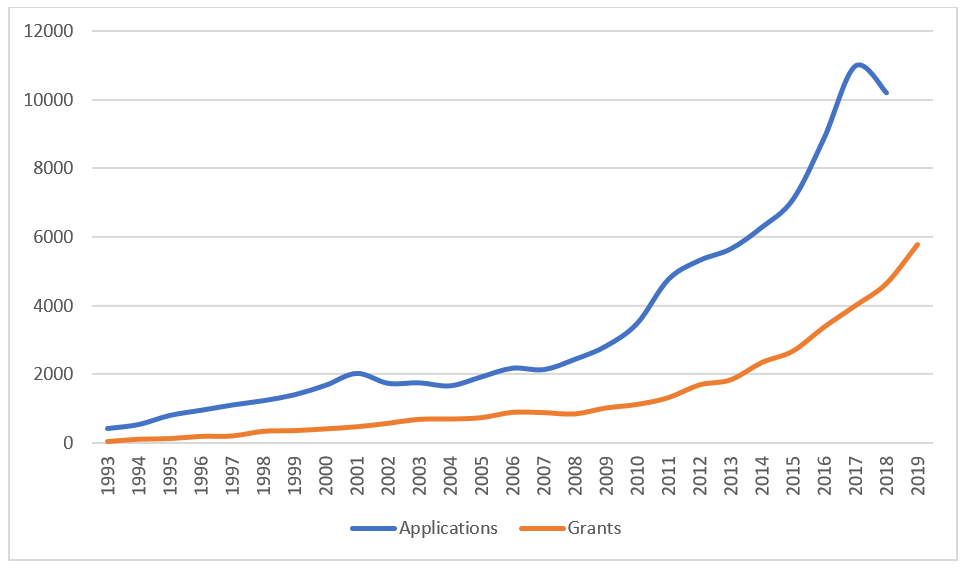
Graph 5 augmented/virtual reality
Going back to healthcare, Graph 6 shows the growth that we were seeing in patenting related to AI/Machine learning drug discovery and once again given all of the collaborations and initiatives going on at the moment we can expect an explosion of interest in this area as well.
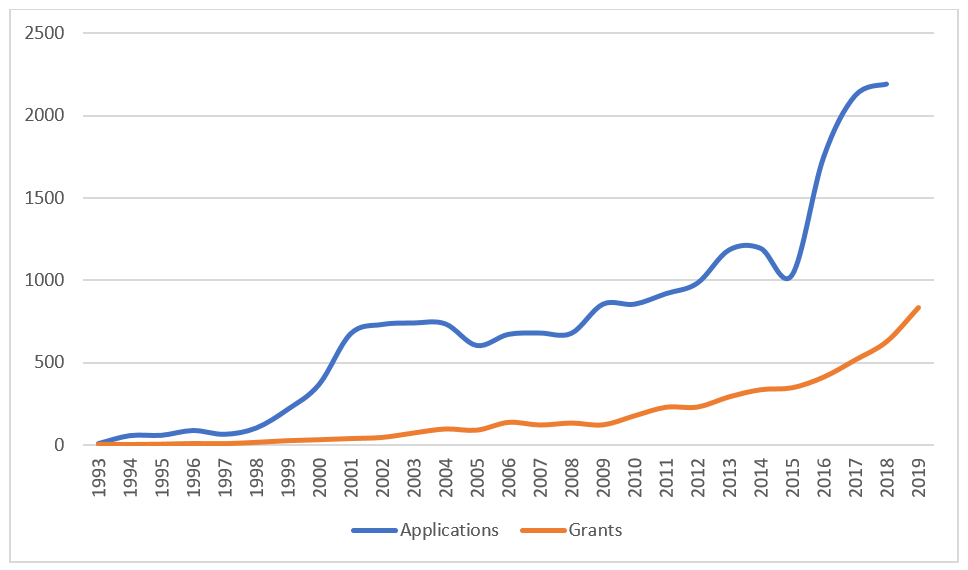
Graph 6 AI/Machine Learning Drug Discovery
Whatever your interest, many subtle changes can be expected given that human behaviour over the last few months has changed probably irrevocably. A great example of this is our own area of legal service provision. It had been said that one of the few disciplines that had not been disrupted by the online world was law, but suddenly we see offices functioning perfectly remotely, courts and tribunals running video conference hearings and client interactions if anything improved. If this virtual world heralds, as one commentator has put it, the “death of geography” is the old concept of a physically shackled law firm operating out of one or a few cities really likely to hold water in a few years’ time? Is the online world the next home of the law firm, or perhaps some hybrid: a mixed reality business? If and when that happens, then the territoriality underpinning legal service provision is going to erode – put simply the authorities are not going to know where the lawyers are practicing. And from there, how much of a step is it to start looking at the stark divide between a legislative system based on traditional physical geography versus tribunals and providers found principally in the Cloud. The law has been struggling for a long time with the complexities introduced by the lack of boundaries on the internet; things are about to get even more complex.
Crisis and Serendipity
In article 2 we touched on another area of post-crisis innovation, namely unexpected developments coming out of blue-sky research during crisis. We cannot predict these by definition but in our “two-meter society” this is going to give rise to a whole range of new behaviours and needs which somebody will find innovative solutions to – this could be creation of orphan drugs, it could be in areas of social distancing or sterilisation, it could relate to new business practices, or changes in domestic habits such a reduction in real-world commerce and the shift to a more widely deployed domestic delivery system. Anecdotally, in Asia once SARS had subsided, people went back to old behaviours and maybe that will happen this time as well. But we had warning shots with SARS and MERS before the current, full-blown pandemic; is it really likely that we will ever be quite this complacent again?
Systemic Changes
Looking firstly at the statistics, as well as the history, a fundamental constant is likely to be the continuation or even growth of innovation, underpinned by the patent system, in the months and years to come. In the past we have seen dips or at least readjustments of the curve at times of crisis; current early filing data from the IPO and EPO shows numbers generally holding steady, and whilst some areas of the economy have been hit brutally, some of the biggest growth areas, for example health and telecommunications, are incredibly important just now and likely to be the subject of significant development.
The role of IP at times like this was touched on in article 1 and in particular, there have already been well reported instances of businesses asserting patents against Covid-mitigating technology and retreating rapidly having “read the room”. These are the bad news stories but we touch above on the many collaborations and incentives for public interest-driven initiatives that we are already seeing. In fact the IP system is not only bearing up but is proving fit for purpose - because it has been here before. Patent legislation typically has, and must have strong public interest elements built in; the UK, for example, has “Crown Use” privileges permitting the government to override the monopoly held by a private entity if in the public interest, and there are similar provisions globally. Indeed the US Bayh-Dole Act stems ultimately from lessons learnt in previous crises – systematising the management of government funded inventions which had surged following policy changes stemming from the growth in publicly funded research during WWII.
As a result, IP systems tend to have fairly strong – sometimes even draconian – provisions in place to ensure that the public interest outweighs the monopoly provided by IP when necessary. Whatever the motive for the altruism on show at the moment, the alternative, namely of having some of these legislative provisions invoked, is intensely unattractive. Put another way, the IP system is doing its job at the moment, and echoing the first article in the series, short term public policy interests are currently outweighing long-term exclusivity plans. When this is all over, however, we can expect the parties who have collaborated so effectively at the moment still to see commercial reward, and the long-term aspects of IP policy will come back into play.
Conclusion
It has been fascinating looking at the historical data to see what we might extrapolate from it but it does feel like this is just scratching at the surface – there is a lot more to be learnt, for example, from the activity in Asia post-SARS, plenty of patent data out there and more study of how government policy in relation to aspects like Crown Use has developed in the past would be fascinating. But if we can learn anything it seems that people are going to keep innovating, and they’re going to keep innovating in the areas where we’ve been affected – healthcare, communications and the impact of a two-metre society.
This examination of the mantra “patenting survives a recession” has given cause for some comfort that everything we expect about the human spirit, and many of the best bits of it, are brought out by moments such as these. The cost now is awful, but our efforts to minimise the impact are what will drive innovation; we have been reacting and on the back foot so far, but history suggests we will be on the front foot soon.
Contact Gwilym to discuss anything in this article. He loves a chat.
We thank our co-author Costas Stephanides for contributing to this article.